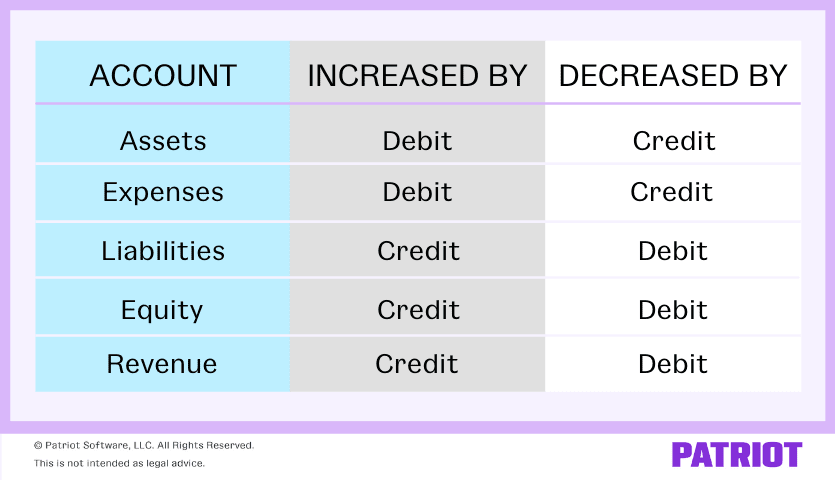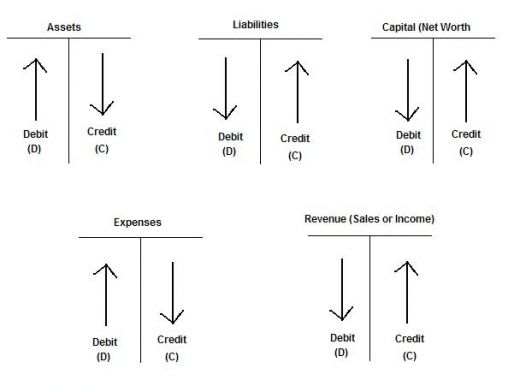
“Summa de arithmetica, geometria, propotioni et proportionanlit ( Summary of arithmetic, geometry, proportions and proportionality) by Fru Luca Pacioli a close friend of Leonardo da Vinci, first published in Venice in 1494 ( link).Della Mercatvra et del Mercante Perfetto ( On Trade and the Perfect Merchant) by croatian merchant named Benedetto Cotrugli, written in 1458 ( link).The earliest recorded documentation is found in the following two books: It’s unclear exactly when this was first used in practice.

The shift from simple record keeping to modern accounting depends on the concept of double-entry bookkeeping. a bill of sale written in cuneiform A friend of Leonardo da VinciĪccounting in the above form has been found throughout history, it’s mentioned in the Christian Bible, and the Quran. This record-keeping could be considered an early form of accounting. The diagram below shows an early bill of sale written in cuneiform. This is thought to have been used to keep records of business transactions ( source). The Sumerians developed a wedge-shaped script called “Cuneiform” consisting of several hundred characters that scribes would mark on wet clay and then bake. It’s easy to imagine this as a bustling centre for trade at the time. One of their biggest cities was Uruk with a population of between 40,000 and 80,000 people. These ancient inhabitants of Mesopotamia (modern-day Iraq) were one of the first major civilizations in the world. The exact origin of accounting is not known, but basic practices are evident as far back as 2800 B.C. To fully appreciate the general ledger concept and the CoA we need to step back over 500 years to the origins of accounting and the first documentation of double-entry bookkeeping. Part I: Accounting: history & modern principles Part III: Common pain points and improvement initiatives.Part II: CoA settings in SAP ERP (from R/3 to S/4HANA).


Often on accounting projects, there is a gap between accounting expertise and systems expertise, this can result in a poor CoA design. Correct use of the chart of accounts can both simplify operations and improve decision making capability. It reflects all the activities a business is involved in and it provides a foundation for the majority of financial and management reporting. The chart of account (CoA) is one of the most important structures in business.


 0 kommentar(er)
0 kommentar(er)
